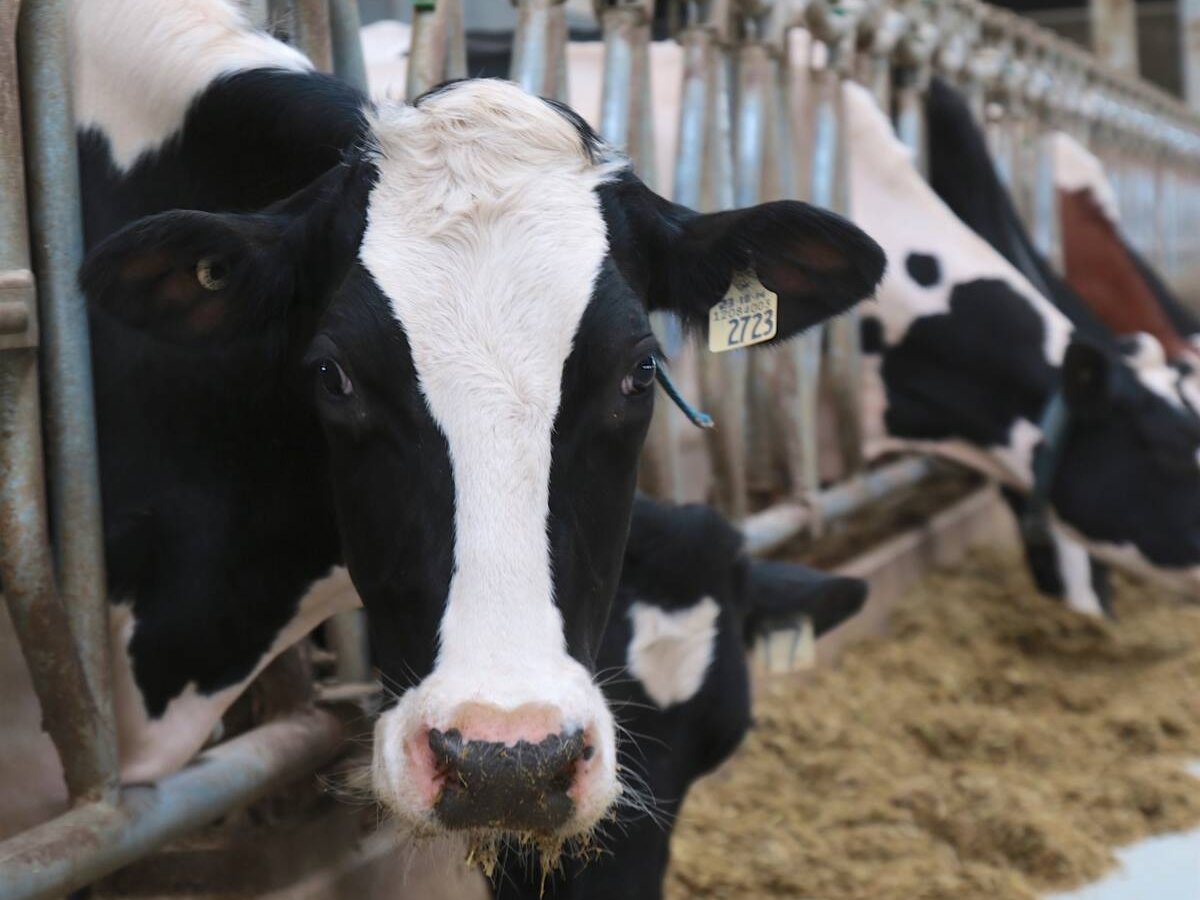With good cull cows selling for less than the price of a beef dinner for two at a fancy restaurant, an Alberta Agriculture specialist expects many farmers will keep their cows on the farm for another year.
“There are a lot of producers out there making some tough choices right now,” said Trevor Yurchak of Athabasca.
Cattle producers who have to sell their cattle and are lucky enough to find a buyer are getting no more than 11 cents a pound for the good cows. There is no market for poor cows.
Read Also

The Organization for Economic Co-operation and Development lauds Canada’s low farm subsidies, criticizes supply management
The Organization for Economic Co-operation and Development lauded Canada’s low farm subsidies, criticized supply management in its global survey of farm support programs.
For the first time in many years, producers are ignoring their long-held management rules. Instead of pulling the bulls from the cow herd after a specific number of days to compress the calving season, producers are leaving the bulls in with the herd longer and hoping more cows will produce a calf in the spring, even if it is later.
He also said fewer producers are calling the veterinarian to pregnancy check their cattle. Even if the animals are not in calf, there is little they can do about the cull cows.
“It suggests producers are going to ride it out with the open cow and they’ll stay in the herd for another year,” said Yurchak.
For the first time, last year’s drought is being looked on as a benefit. Because of last year’s feed shortage, producers culled their herds hard and there are fewer old or poor cows left.
“There wasn’t a backlog of old crocks that didn’t have a home,” said Yurchak.
Marty Gilfillan, manager of the Grande Prairie Livestock Market, said so far there has been an organized flow of cull cows through the auction market, but with prices at rock bottom, fewer producers are phoning wanting to get rid of them.
Because Grande Prairie is part of the Nilsson Brothers network of auction markets, he is able to ship one load a week, about 40-50 cows, to Nilsson’s XL Beef slaughter plant in Moose Jaw, Sask., which is still killing cows. Last week he sent two loads to small packing plants in British Columbia’s Fraser Valley.
“We’ve been keeping current on it,” said Gilfillan, who keeps a list of customers who want to ship their cull cows.














